Why aquaponics?
Compared to traditional farming, hydroponics has the potential to produce food while being much more efficient. Most hydroponics use a soil-less medium, eliminating the need for crop rotation, irrigation, or any of the other complications that come with soil. Hydroponic gardening also uses around 85%-90% less water than a normal garden, water that would normally be lost through runoff is instead recycled through the system.
There are a few obstacles to hydroponics, to be commercially profitable you need a lot of equipment and space. In the spirit of being a controlled system most operations are also indoors, safe from harsh weather or other pests. Also with no soil you have to supplement nutrients manually, at least from a hobbyist's perspective this can become quite costly. Aquaponics is taking all of the same principles from hydroponics, except adding fish into the equation to solve the fertilization problem.
The cycle starts with the fish producing ammonia, nitrification bacteria convert ammonia into nitrate, plants remove the nitrate from the water and it cycles back to the fish to start all over again. Cutting the costs and time spent from adding nutrients to your water is the largest benefit over hydroponics in my case. In a perfect aquaponic system the only input required would be food for the fish. Compared to fertilizer the food is cheap, and automatic fish feeders aren't anything new. In larger operations the fish themselves are another product, with separate tanks for spawning you could potentially maintain a healthy population of fish.
It makes sense to take an existing system found in nature and try to sustain it in a controllable environment, rather than trying to manipulate the system in an uncontrollable environment (irrigation, pesticides, artificial fertilization etc) which could have negative consequences. My project is an attempt to do exactly this, I may not make enough food to feed myself but it's a learning experience nonetheless. My ultimate goal is to learn the ins and outs of aquaponics and educate / offer services for anyone else who would be interested. As I go along I hope to come up with a well documented design that anyone could follow if they wanted to try it for themselves, or in other words, I'm making a lot of mistakes so you won't have to! I'm also hoping to use as much automation as possible along with a bunch of sensors and other fun things, I'll post information on these as well if I can get them running.
I've got an optimistic and cheesy vision for the future and can see this supplementing the future of produce, less big agriculture and more local DIY produce. The benefits are too great to ignore, no need for pesticides, no fertilization runoff, efficient use of water, and being able to produce in any climate year-round reduces the need for transporting food (saves money and lowers carbon footprint). It can be taken so much further too, apply solar energy for any electrical needs, spawn your own fish, keep bees for pollination, and maintain a mealworm colony for fish feed (feed them compost) and you've got a nearly perfect loop!
Thanks for checking it out!
BUILD DETAILS
MODULAR: The wooden frame is built and designed to be expanded if desired. By using bolts instead of screws I can disassemble it and easily add to the length of the frame. Initially I had purchased enough wood to make it 8' long rather than 4', but due to space issues I had to settle with 4'. Now that I've moved and have more room to work with I'm planning on cutting more material to increase the size.
AQUARIUM: The tank is 55 gallons and I picked it up for $25 at a local thrift store, which is an incredible deal considering I've seen new ones go for around $150! The currently stocked fish are 5 bluegill and 1 bullhead. I do not yet know if I've reached the most effective levels of ammonia for the nitrification process with the amount of fish I have, but I plan on monitoring this in the future. I've got a pump that...
Read more » justin
justin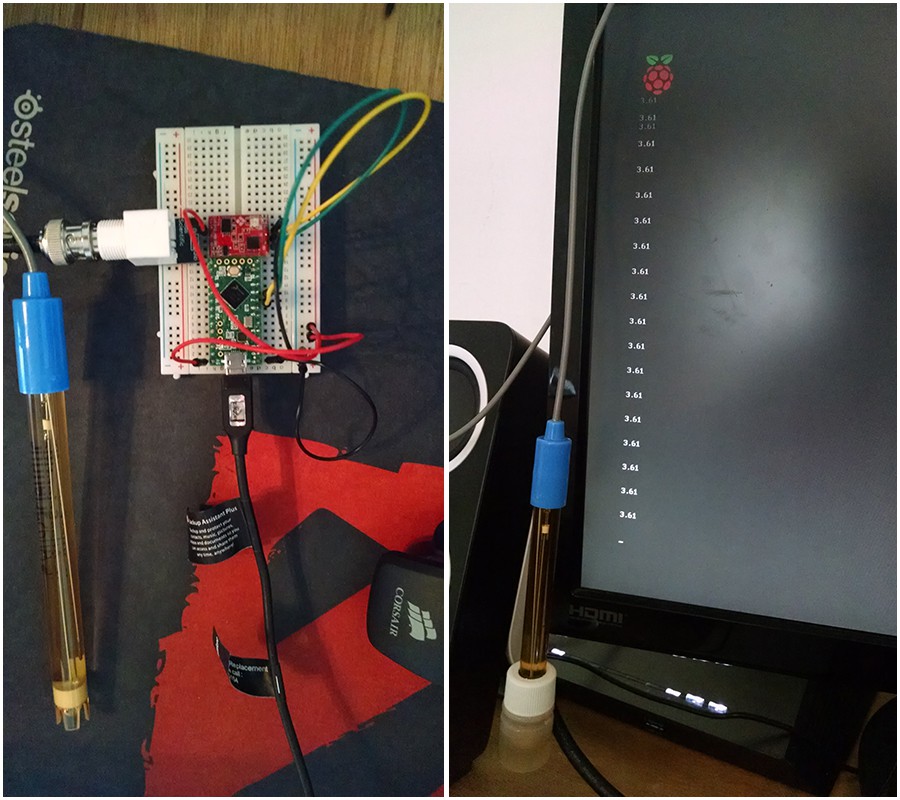
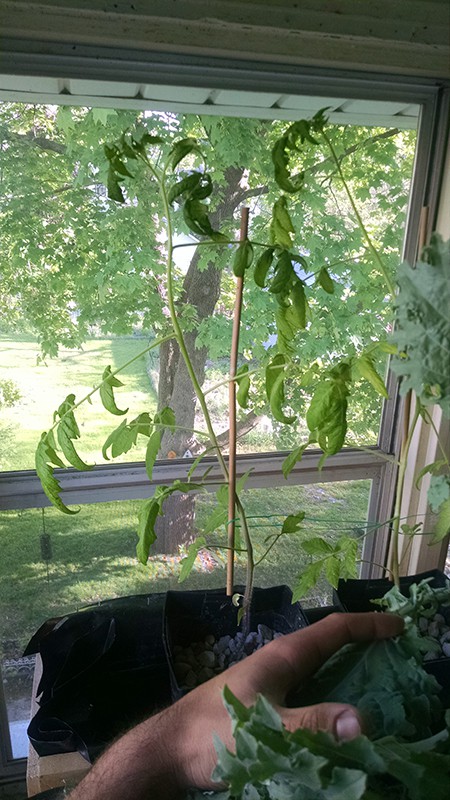
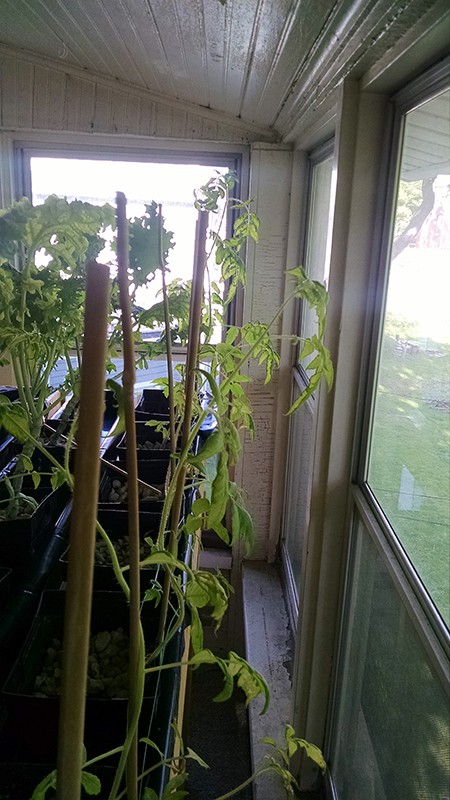
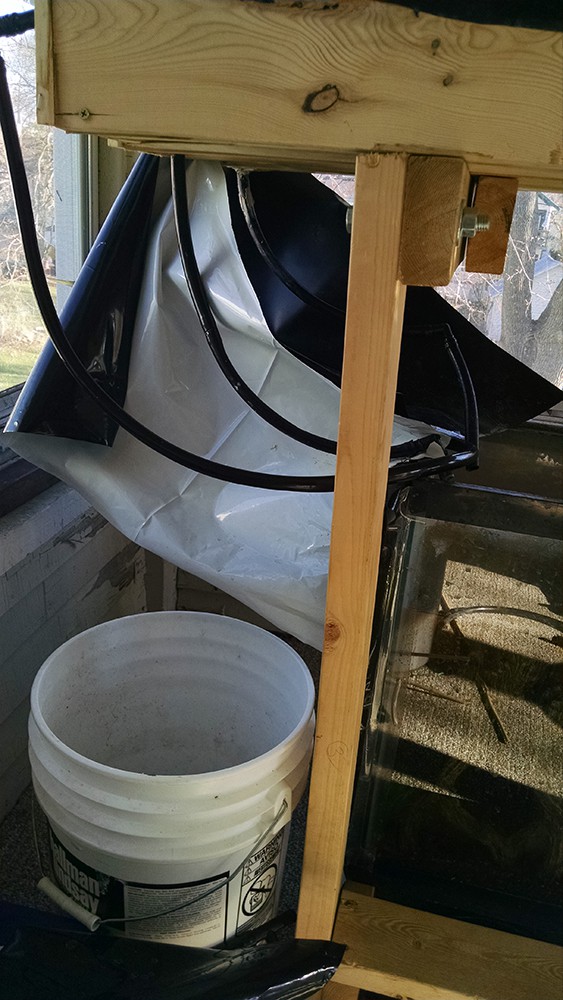
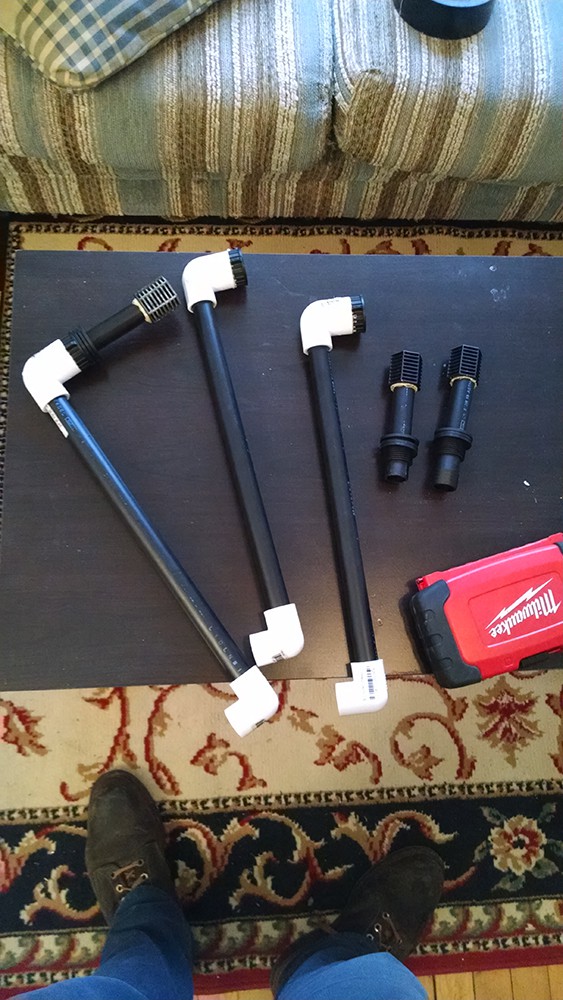
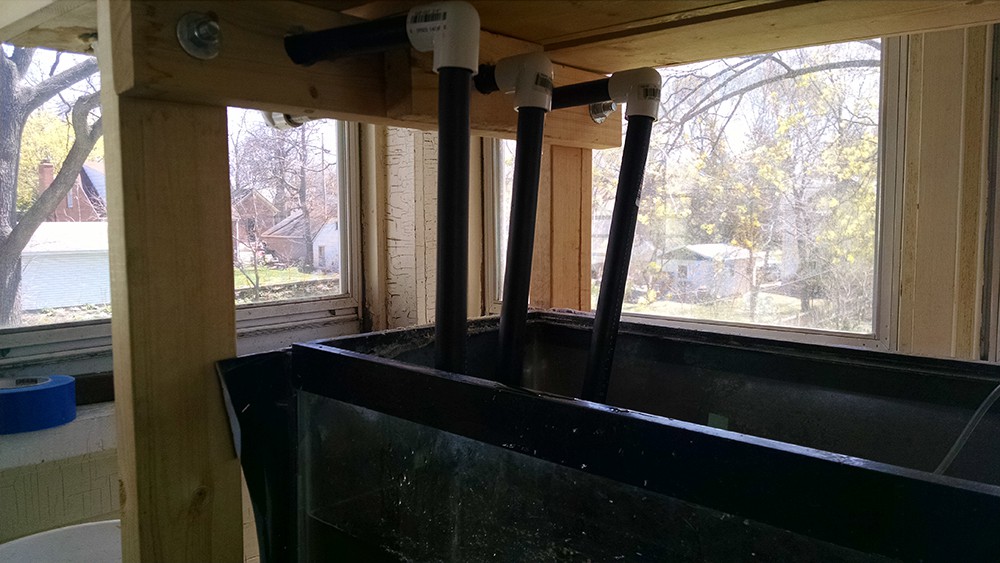
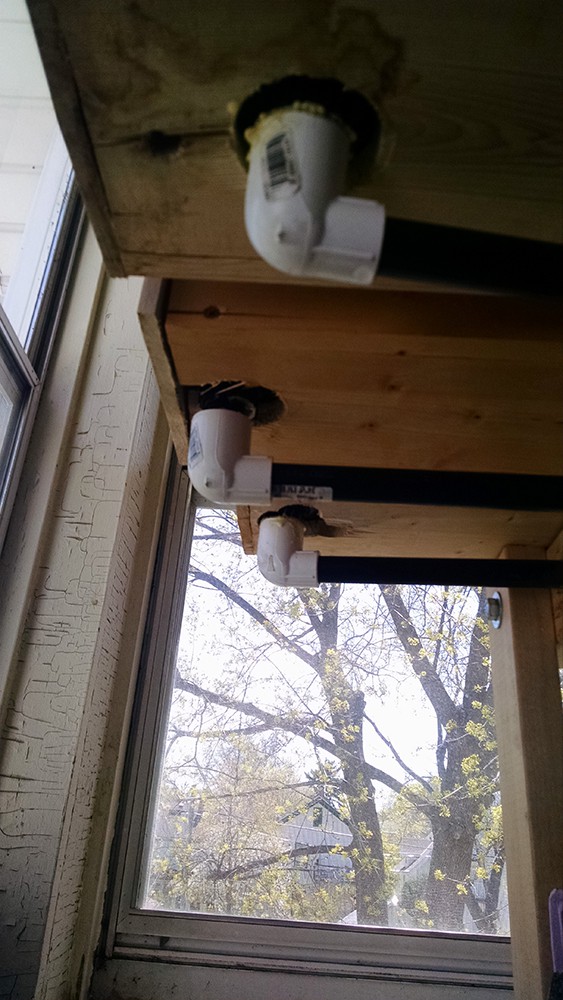
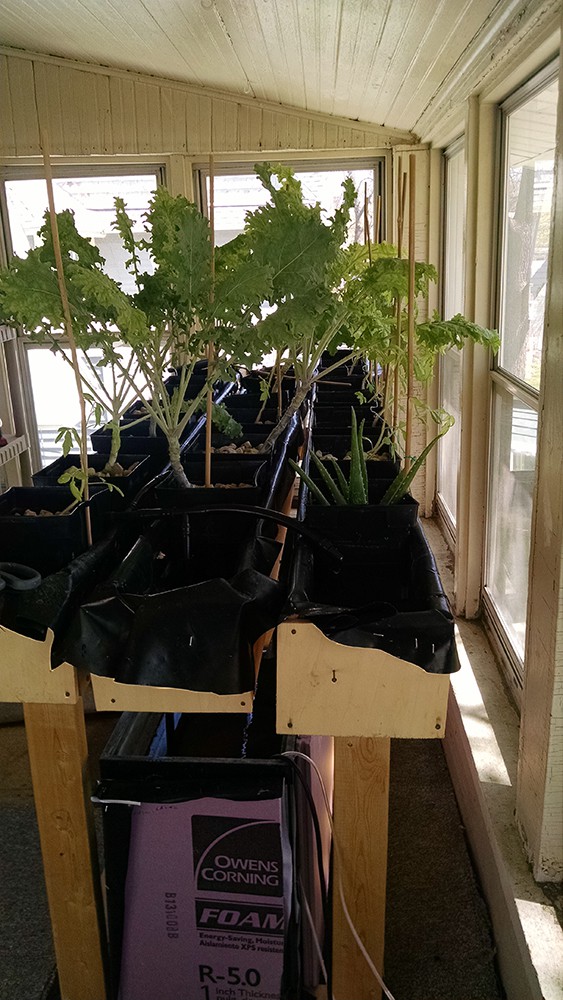
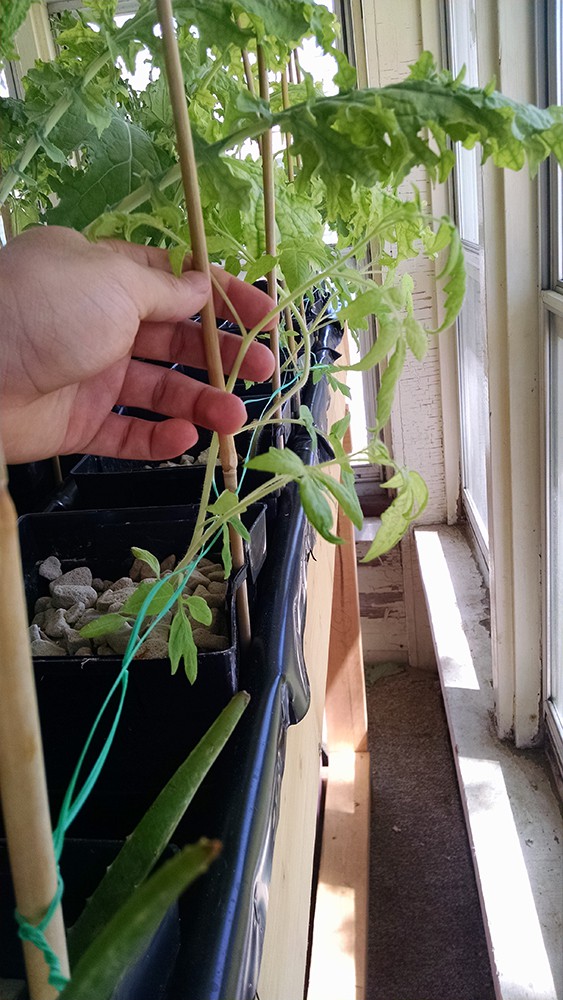
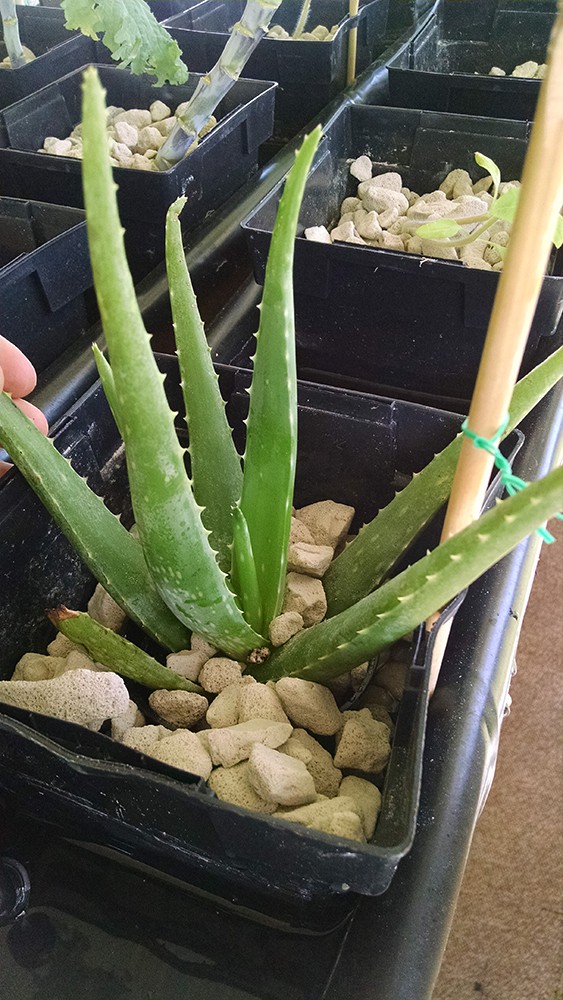
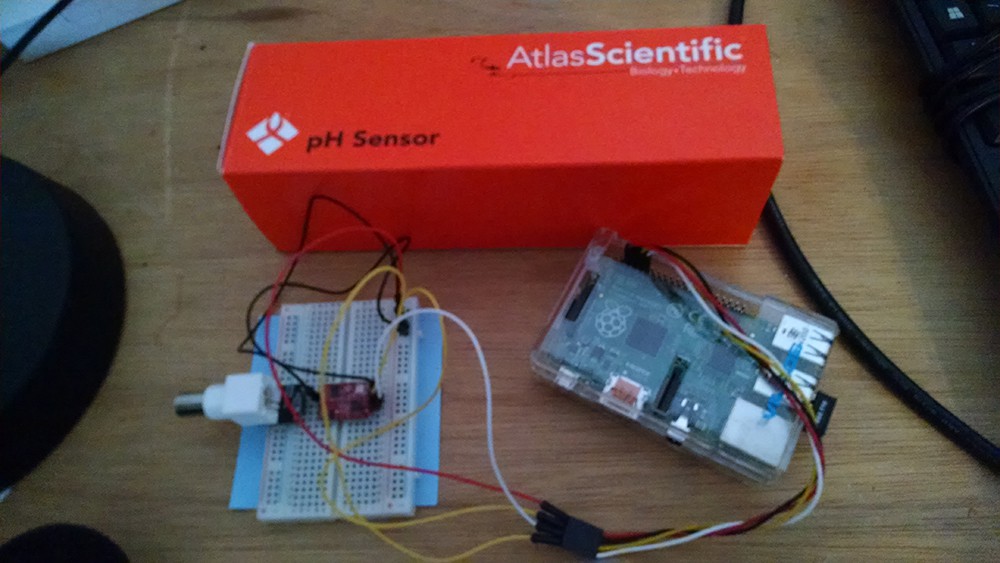

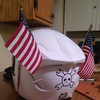
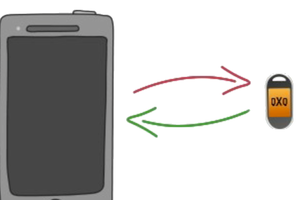
 David Preece
David Preece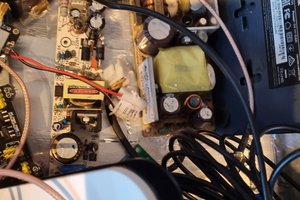
 neohackerjd
neohackerjd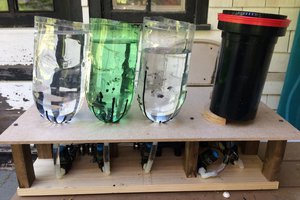
 Jorj Bauer
Jorj Bauer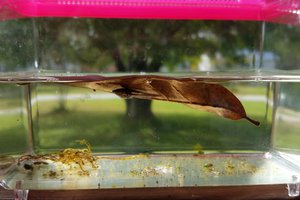
Interesting project, I am doing something similar myeself! How are you finding the Atlas Scientific stuff? I'm on the fence about buying their kit or just going a head and reimplementing all of it as open hardware..........